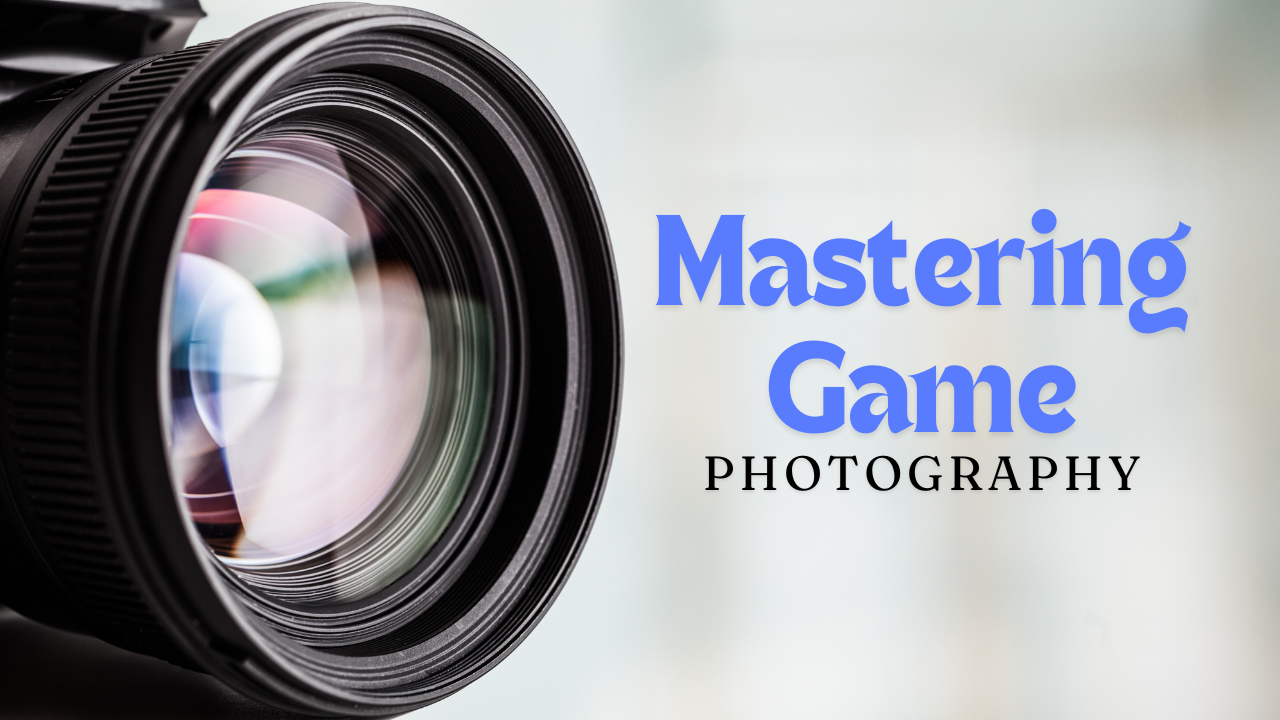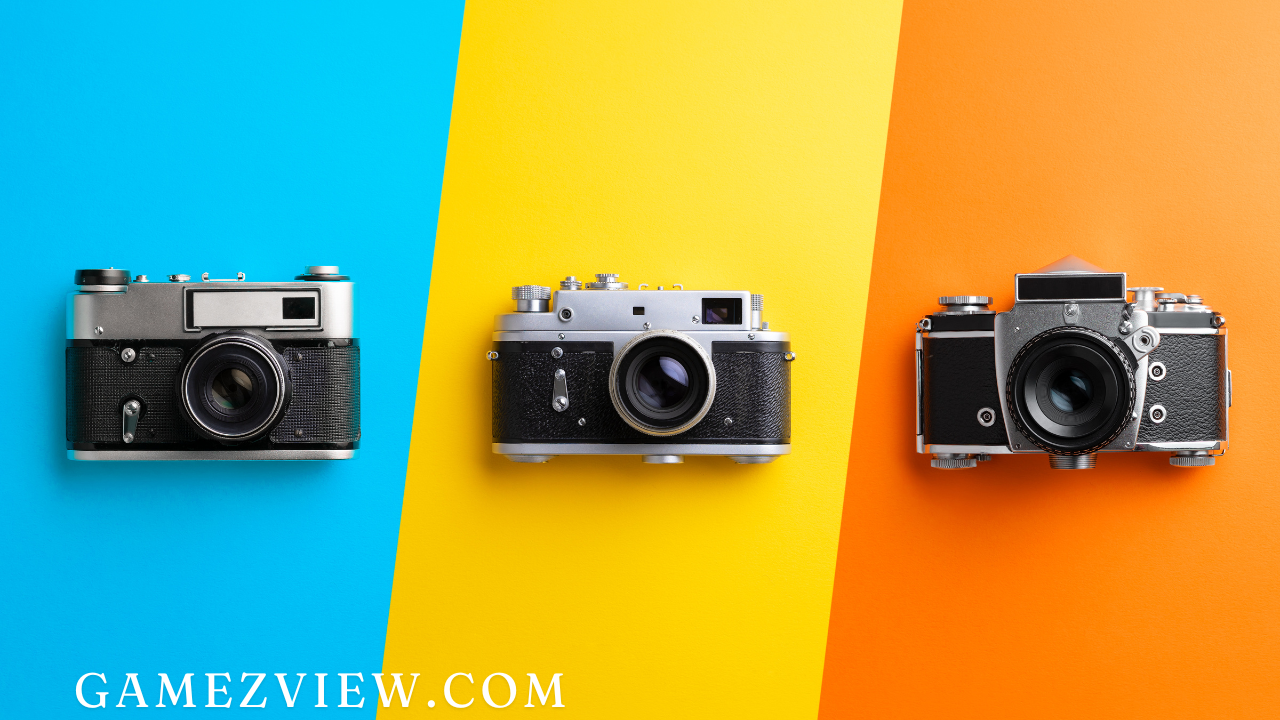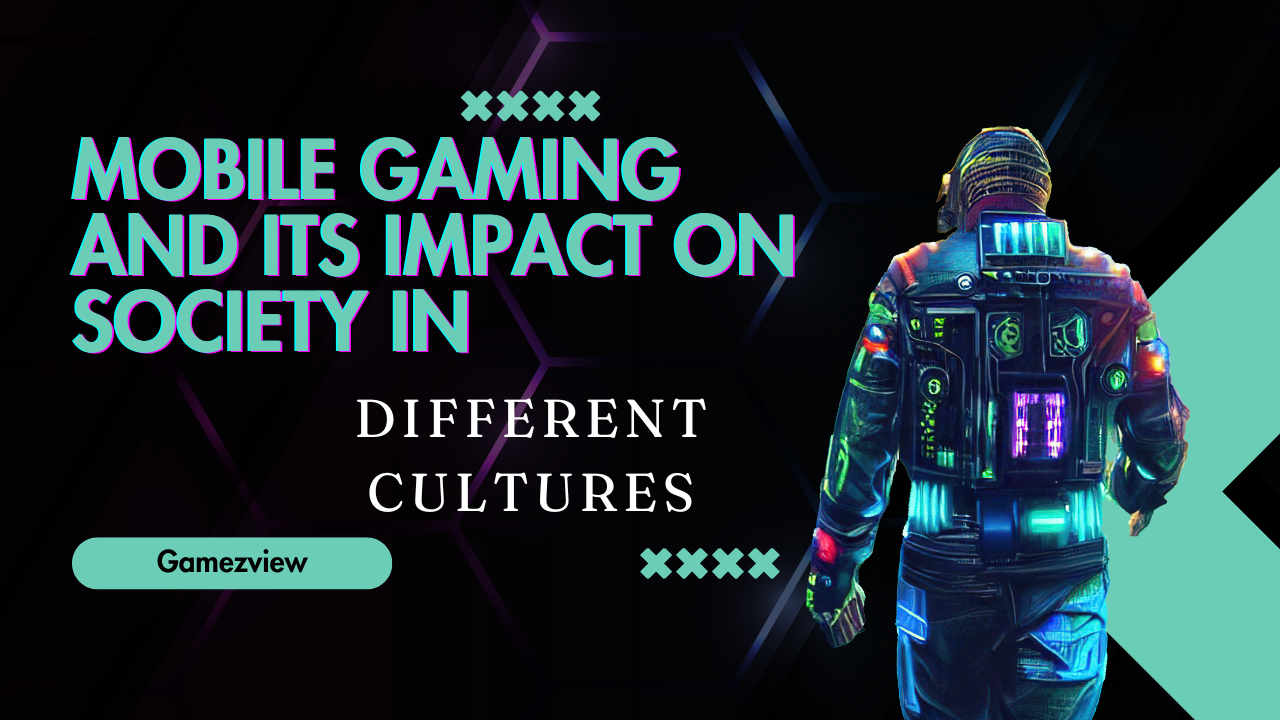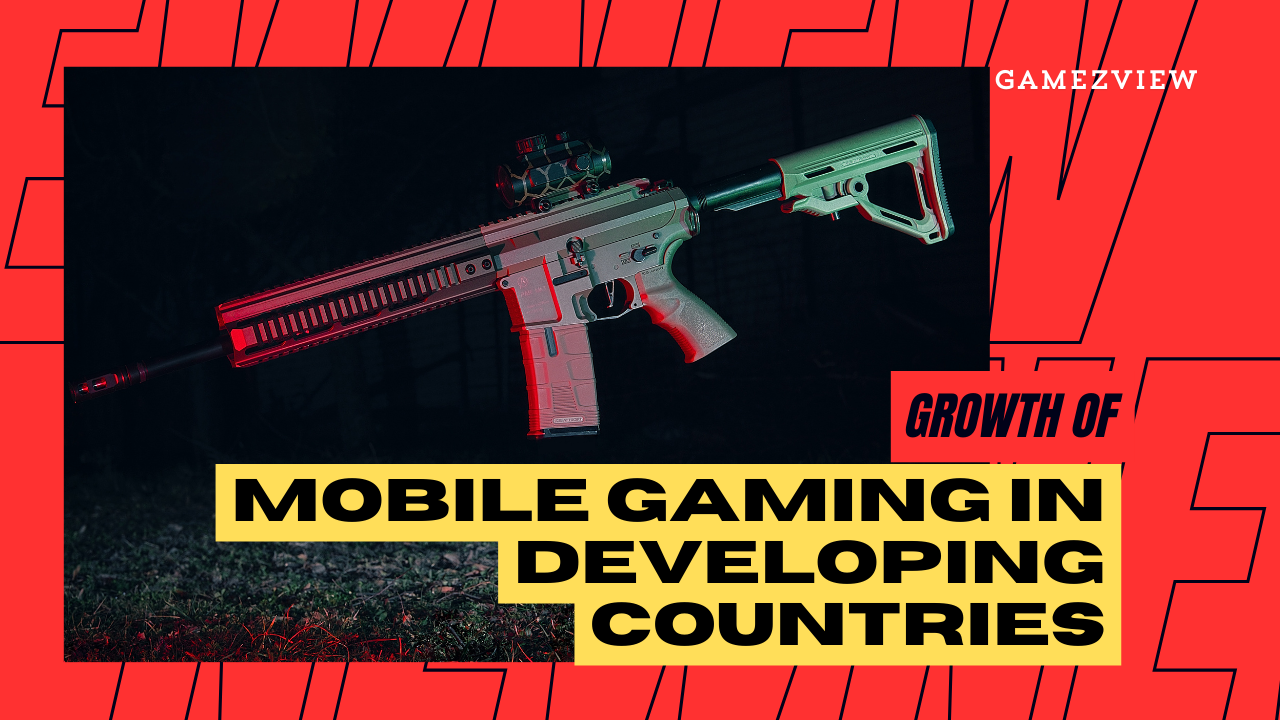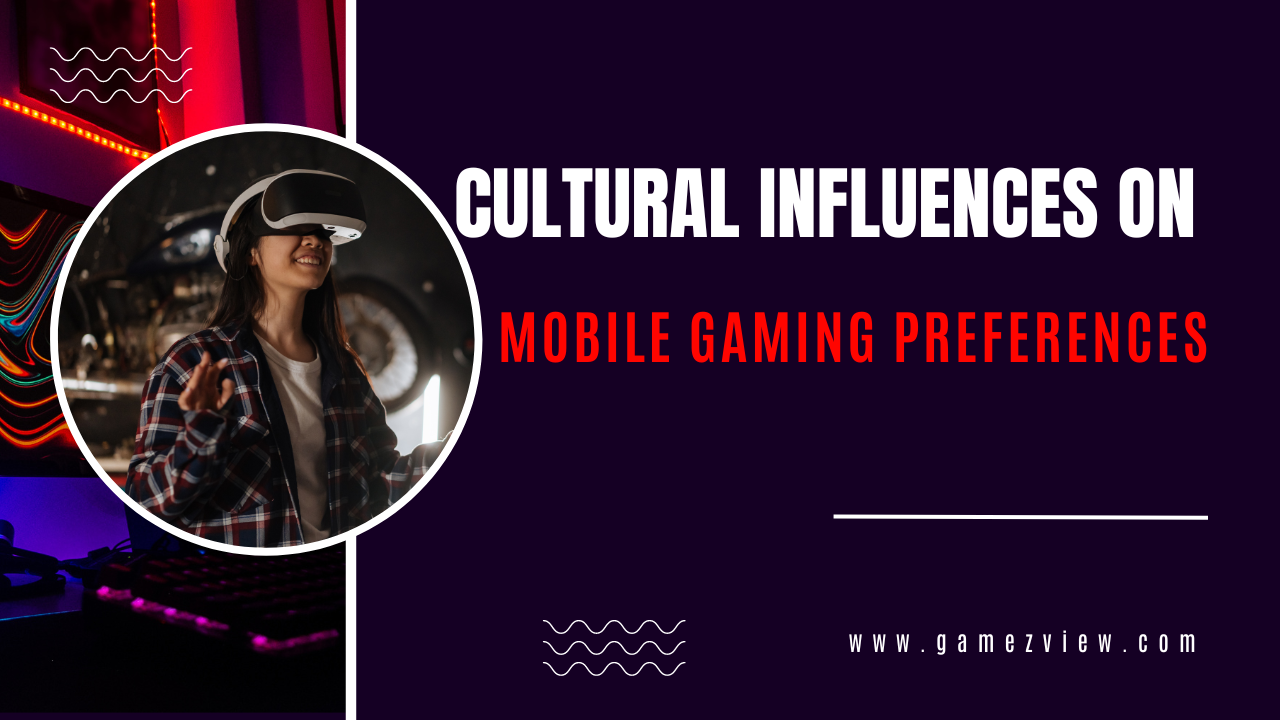In the vast and immersive world of gaming, every moment is a potential masterpiece waiting to be captured. From epic battles to serene landscapes, game photography allows players to preserve and share their virtual adventures in stunning detail. In this comprehensive guide, we’ll delve into the art of mastering game photography and capturing those unforgettable in-game moments.
Understanding the Basics
Game photography, also known as screenshot photography, involves capturing still images from video games. While the concept may seem straightforward, mastering this art requires a deep understanding of photography fundamentals and the unique challenges posed by virtual environments.
Camera Equipment Essentials
Before embarking on your photographic journey, it’s essential to equip yourself with the right tools. While modern smartphones offer decent camera capabilities, serious game photographers often opt for more advanced equipment.
DSLR vs. Mirrorless Cameras
When choosing a camera for game photography, consider factors such as image quality, flexibility, and portability. DSLR (Digital Single-Lens Reflex) cameras are renowned for their superior image quality and extensive lens compatibility, making them popular among professional photographers. On the other hand, mirrorless cameras offer compact designs and innovative features such as electronic viewfinders, making them a versatile choice for capturing in-game moments.
Lens Selection for Game Photography
The choice of lens can significantly impact the outcome of your shots. Wide-angle lenses are ideal for capturing expansive landscapes and panoramic views, while telephoto lenses excel at bringing distant subjects closer, perfect for zooming in on intricate details or capturing action-packed scenes.
Tripods and Stabilization
Stability is crucial when shooting in-game photos, especially during action-packed sequences or in low-light environments. Investing in a sturdy tripod or stabilizer can help eliminate camera shake and ensure sharp, blur-free images.
Mastering Camera Settings
While modern cameras offer an array of automatic modes, mastering manual settings is essential for achieving full creative control over your images.
ISO, Aperture, and Shutter Speed
Understanding the relationship between ISO, aperture, and shutter speed is key to mastering exposure in-game photography. Adjusting these settings allows you to control the brightness, depth of field, and motion blur in your images.
White Balance Adjustment
Proper white balance ensures accurate colour reproduction in your photos, preventing them from appearing too warm or cool. Experiment with different white balance settings to achieve the desired mood and atmosphere in your shots.
Autofocus Modes and Techniques
In fast-paced gaming environments, quick and accurate focusing is essential for capturing decisive moments. Familiarize yourself with your camera’s autofocus modes and techniques, such as tracking moving subjects or selecting specific focus points.
Preparing for the Shoot
Before diving into the world of game photography, take the time to prepare and plan your shots effectively.
Familiarizing Yourself with the Game
To capture truly captivating in-game moments, immerse yourself in the virtual world and familiarize yourself with its characters, settings, and dynamics.
Researching the Game Environment
Take the time to explore the game world, paying attention to its visual aesthetics, lighting conditions, and architectural details. Understanding the game’s lore and narrative can also inspire creative photo ideas and compositions.
Planning Your Shots
While spontaneity has its charm, planning your shots can help you capture the most compelling moments with precision and purpose.
Storyboarding and Shot Lists
Create a storyboard or shot list outlining the specific scenes or moments you want to capture. Whether it’s a dramatic showdown between rivals or a breathtaking sunrise over the horizon, having a clear vision will guide your photographic efforts and ensure you don’t miss any crucial opportunities.
Identifying Key Moments
Keep an eye out for key moments or events within the game that lend themselves to impactful photography. Whether it’s a climactic battle sequence, a poignant character interaction, or a scenic vista, anticipate these moments and be ready to capture them in all their glory.
Techniques for Capturing In-Game Moments
With your equipment in hand and your shots planned out, it’s time to put your skills to the test and start capturing those unforgettable in-game moments.
Composition Principles
Composition plays a crucial role in the success of any photograph, and game photography is no exception. By applying fundamental compositional principles, you can create visually compelling images that draw the viewer’s eye and evoke emotion.
Rule of Thirds
The rule of thirds is a classic compositional technique that divides the frame into thirds both horizontally and vertically, creating a grid of nine equal sections. Positioning key elements of your composition along these gridlines or at their intersections can create a sense of balance and visual interest.
Leading Lines
Leading lines are visual elements within a photograph that guide the viewer’s eye towards a specific focal point or subject. Whether it’s a winding path, a row of trees, or a sweeping architectural feature, incorporating leading lines into your compositions can add depth and dynamism to your images.
Framing Techniques
Framing involves using elements within the scene to frame your subject, drawing attention to it and adding context or emphasis. Whether it’s a natural frame formed by tree branches or an architectural frame created by doorways or windows, framing can help direct the viewer’s gaze and enhance the overall composition.
Utilizing Lighting Effects
Lighting plays a crucial role in photography, shaping the mood, atmosphere, and visual impact of your images. In-game photography, you have the unique opportunity to manipulate and control lighting effects to enhance your shots.
Natural Lighting vs. Artificial Lighting
In-game environments often feature dynamic lighting effects, from the warm glow of sunrise to the eerie ambience of moonlit nights. Pay attention to these natural lighting cues and leverage them to create evocative and atmospheric images.
Using In-Game Lighting to Your Advantage
Many modern games feature advanced lighting engines that simulate realistic lighting conditions, casting dynamic shadows and illuminating scenes with stunning accuracy. Experiment with different in-game lighting setups and angles to capture the most visually striking moments.
Action Photography Tips
Capturing action-packed moments in-game requires a combination of skill, timing, and anticipation. Whether it’s a high-speed chase, a daring leap, or a climactic battle, these tips will help you freeze the action and capture it in all its glory.
Capturing Movement and Dynamics
Action photography is all about conveying a sense of movement and energy in your images. Experiment with different shutter speeds to freeze fast-moving subjects or create motion blur for a dynamic sense of speed and motion.
Anticipating Action
In fast-paced gaming environments, timing is everything. Anticipate key moments of action and be ready to capture them as they unfold, whether it’s a dramatic clash of swords or a gravity-defying stunt. Patience and perseverance are essential virtues for any aspiring game photographer.
Overcoming Challenges
While game photography offers endless creative possibilities, it also presents unique challenges that require patience, skill, and ingenuity to overcome.
Dealing with Fast-Paced Action
In the heat of battle, capturing decisive moments can be challenging, especially when the action unfolds at breakneck speed. These tips will help you stay focused and adapt to the fast-paced nature of in-game photography.
Adjusting Camera Settings on the Fly
In dynamic gaming environments, conditions can change rapidly, requiring quick adjustments to your camera settings to ensure optimal exposure and focus. Familiarize yourself with your camera’s manual controls and practice adjusting settings on the fly to capture the perfect shot.
Continuous Shooting Mode
Continuous shooting mode, also known as burst mode, allows you to capture a rapid series of images with a single press of the shutter button. This feature is invaluable for capturing fast-moving subjects or sequences of action, ensuring you don’t miss a single moment of the action.
Handling Low-Light Environments
From dimly lit dungeons to moonlit landscapes, many in-game environments present challenges in terms of lighting and exposure. These tips will help you navigate low-light conditions and capture stunning images even in the darkest of settings.
Night Scenes and Dimly Lit Areas
When shooting in low-light environments, such as night scenes or dimly lit interiors, it’s essential to adjust your camera settings accordingly to maintain image quality and clarity. Increase your ISO sensitivity to amplify the camera’s sensitivity to light, but be mindful of the increased risk of digital noise.
Techniques for Noise Reduction
Digital noise can detract from the quality of your images, especially in low-light conditions where higher ISO settings are necessary. Fortunately, modern editing software offers powerful noise reduction tools that can help minimize unwanted noise while preserving image detail and clarity.
Post-Processing and Editing
Once you’ve captured your in-game moments, the real magic happens during the post-processing and editing stage, where you can fine-tune your images to perfection.
Choosing the Right Editing Software
The choice of editing software can significantly impact your workflow and the outcome of your images. While Adobe Photoshop and Lightroom are industry standards for professional photographers, there are plenty of other editing tools and plugins available to suit every budget and skill level.
Adobe Photoshop vs. Lightroom
Adobe Photoshop is a powerful and versatile image editing software that offers a wide range of advanced features and capabilities, from intricate retouching and compositing to precise colour correction and grading. Lightroom, on the other hand, is tailored specifically for photographers, offering intuitive tools for organizing, editing, and sharing your photos seamlessly.
Enhancing Your Images
Post-processing is your opportunity to take your images to the next level, whether it’s fine-tuning exposure and colour balance or adding creative effects and enhancements.
Color Correction and Grading
Colour correction and grading allow you to adjust the overall colour balance and tone of your images, enhancing their visual impact and creating a cohesive look and feel. Experiment with different colour grading techniques to evoke mood and atmosphere in your photos, from vibrant and colourful to moody and dramatic.
Adding Special Effects
From lens flares and light leaks to texture overlays and digital filters, there are countless special effects and enhancements you can apply to your images to add flair and personality. However, use these effects sparingly and tastefully to avoid detracting from the authenticity and integrity of your photos.
Showcasing Your Work
With your images edited and polished to perfection, it’s time to share your creative vision with the world and showcase your talents as a game photographer.
Creating a Portfolio
A well-curated portfolio is essential for showcasing your best work and attracting potential clients or collaborators. Select a diverse range of images that demonstrate your skills, creativity, and unique style, and present them in a clean, professional manner.
Selecting Your Best Shots
Quality trumps quantity when it comes to building a portfolio, so be selective and choose only your strongest and most compelling images to include. Pay attention to composition, lighting, and technical proficiency, and seek feedback from peers or mentors to help you make informed decisions.
Building an Online Presence
In today’s digital age, an online presence is essential for reaching a wider audience and establishing your brand as a game photographer. Create a professional website or online portfolio to showcase your work, and leverage social media platforms such as Instagram, Twitter, and Facebook to share your images, connect with fellow photographers, and engage with potential clients.
Participating in Gaming Communities
Gaming communities offer a wealth of opportunities for networking, collaboration, and exposure. Whether it’s joining online forums and discussion groups or attending gaming conventions and events, actively participate in gaming communities to share your passion for game photography and learn from others in the field.
Sharing Tips and Feedback
Don’t be afraid to share your knowledge and expertise with others in the gaming community. Offer tips, tutorials, and behind-the-scenes insights into your creative process, and be open to receiving feedback and critique from fellow photographers. Constructive criticism is invaluable for growth and improvement as a photographer.
Collaborating with Other Photographers
Collaboration is key to success in any creative endeavour, and game photography is no exception. Collaborate with other photographers, artists, and content creators to share ideas, pool resources, and create collaborative projects that showcase the diverse talents and perspectives within the gaming community.
Legal Considerations
As a game photographer, it’s essential to be aware of the legal and ethical considerations surrounding copyright, intellectual property, and usage rights.
Copyright and Intellectual Property
Copyright law protects original works of authorship, including photographs, from unauthorized use or reproduction. While game screenshots may technically be considered derivative works of the original game, it’s essential to respect the intellectual property rights of game developers and publishers and obtain permission for any commercial use or distribution of your images.
Understanding Fair Use
Fair use is a legal doctrine that allows for the limited use of copyrighted material without permission from the copyright holder for purposes such as criticism, commentary, or parody. While fair use may provide some leeway for using game screenshots in certain contexts, it’s essential to understand the limitations and exercise caution to avoid copyright infringement.
Obtaining Permission for Commercial Use
If you plan to use your game screenshots for commercial purposes, such as selling prints or merchandise, it’s crucial to obtain explicit permission from the copyright holder, typically the game developer or publisher. This may involve contacting the rights holder directly or consulting their terms of service and usage guidelines for specific requirements and restrictions.
Respecting Game Developers’ Rights
Game developers invest significant time, resources, and creative effort into bringing their visions to life, and it’s essential to respect their rights and wishes regarding the use of their intellectual property.
Following Terms of Service
Before capturing and sharing in-game screenshots, familiarize yourself with the game’s terms of service and usage policies. Many games prohibit the use of screenshots for commercial purposes or require explicit permission from the copyright holder, so it’s essential to adhere to these guidelines to avoid potential legal issues.
Continuous Learning and Improvement
The journey of mastering game photography is an ongoing process of learning, experimentation, and growth. Stay curious, stay inspired, and never stop honing your skills and refining your craft.
Experimenting with New Techniques
Don’t be afraid to step outside your comfort zone and experiment with new techniques, styles, and approaches to game photography. Whether it’s trying different camera angles, exploring unconventional compositions, or experimenting with post-processing effects, embrace the spirit of experimentation and innovation to push the boundaries of your creativity.
Trying Different Camera Angles
Changing your perspective can dramatically alter the look and feel of your images, offering fresh insights and opportunities for creativity. Experiment with different camera angles, viewpoints, and focal lengths to discover unique compositions and perspectives that showcase the game world in a new light.
Seeking Feedback and Critique
Feedback is essential for growth and improvement as a photographer, so don’t hesitate to seek out constructive criticism from peers, mentors, and fellow photographers. Join online communities, participate in critique groups, and actively solicit feedback on your work to identify areas for improvement and refine your skills.
Staying Updated with Industry Trends
The field of game photography is constantly evolving, with new technologies, techniques, and trends emerging regularly. Stay informed and stay inspired by attending workshops and conferences, following industry blogs and publications, and engaging with fellow photographers and enthusiasts.
Attending Workshops and Conferences
Workshops and conferences offer invaluable opportunities for learning, networking, and inspiration. Whether it’s a hands-on photography workshop, a panel discussion on gaming culture and aesthetics, or a keynote presentation by industry experts, attending these events can provide valuable insights, skills, and connections to help you grow as a photographer.
Following Game Photography Blogs and Channels
Stay connected with the game photography community by following blogs, YouTube channels, and social media accounts dedicated to the art and craft of game photography. From tutorials and tips to interviews with leading photographers and industry professionals, these resources offer a wealth of knowledge and inspiration to fuel your creative journey.
Mastering game photography is a rewarding and exhilarating pursuit that allows you to capture and share your virtual adventures with the world. By understanding the basics of photography, planning your shots effectively, and honing your skills through practice and experimentation, you can elevate your game photography to new heights and capture in-game moments that are truly unforgettable.
